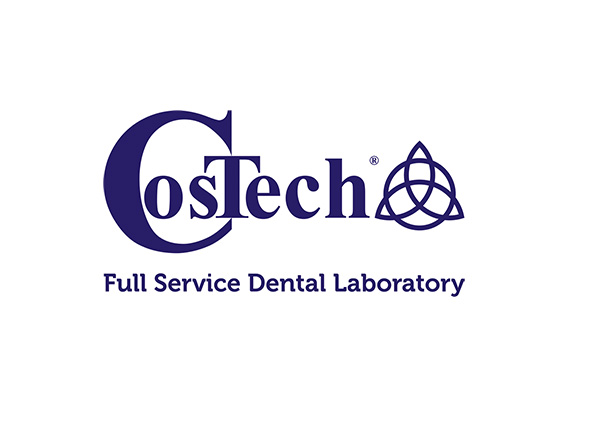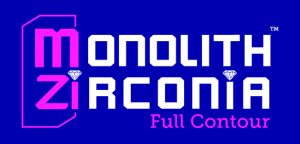How to Adjust, Polish & Cement Zirconia Restorations Monolith Adjustment & Polishing Kits – Available to Pre-order
Featured Products Promotional FeaturesPosted by: Dental Design 6th July 2019

 Full zirconia restorations have all but revolutionised aesthetics in modern dentistry. Echoing the translucency and appearance of natural dentition, the material also offers good strength and biocompatibility, making it a favourable choice for patients and professionals alike. However, these same unique properties mean extra care needs to be taken when adjusting, polishing and cementing zirconia to ensure longevity of the restoration.
Full zirconia restorations have all but revolutionised aesthetics in modern dentistry. Echoing the translucency and appearance of natural dentition, the material also offers good strength and biocompatibility, making it a favourable choice for patients and professionals alike. However, these same unique properties mean extra care needs to be taken when adjusting, polishing and cementing zirconia to ensure longevity of the restoration.
To aid our clients, we have developed the Monolith Adjustment & Polishing Kit which will be available from the 21stJune. The kits will go on sale at £149.95 but we are offering the first 50 kits at a discounted pre-order rate of just £99.95on a first come, first served basis.
Adjusting Monolith
The Monolith Adjustment & Polishing Kit comes with 7 rotaries in an autoclavable storage case. There are two adjustment burs, two pre-polishers and two mirror-finish polishers. There is also a straight parallel bur to be used in the event a Monolith restoration has to be removed.
Solid zirconia is easy to adjust and polish with the new kit so long as you follow these steps:
- Use lots of water and air with the fine grit diamond burs to reduce the build-up of heat.
- When using the fine grit adjustment burs, use intermittent light pressure on and off the zirconia. This reduces the risk of microfractures which could compromise the restoration.
- The football shaped bur is ideal for adjusting occlusion and recontouring anatomy.
- Use the tapered bur for adjusting interproximal contacts.
Post Adjustment Polishing
After any adjustment takes place, the adjusted area must be polished. Unpolished zirconia is highly abrasive and will rapidly wear opposing natural dentition. When polishing use light to medium pressure with no water and start with the brick red polishers as a pre-polish to remove any coarse bur marks left after adjustment, then use the green/yellow polishers to achieve a high lustre mirror finish.
Choose your cement
The chemical make-up of your dental cement can have a significant impact on how well it bonds to certain materials. Although the majority of cements are capable of bonding well with a vast array of restorative materials, professionals need to be wary of any cements that have phosphates or phosphoric acid as an ingredient when placing zirconia.
These phosphates are present in a wide selection of dental cement and adhesives, usually under the guise of 10-MDP (10-Methacryloyloxydecyl dihydrogen phosphate). These can inhibit bond efficacy with zirconia restorations, potentially increasing the risk of the crowns to detach over time.[i]As such, we recommend you use a resin-modified glass ionomer cement, these products are typically free from phosphates and are able to achieve the desired bond.
We expect to start shipping the new Adjustment & Polishing Kits from 21stJune with the first 50 being sold at the pre-order price of £99.95. We’re taking orders now so call us on 01474 320 076or email info@costech.co.ukto get your discount locked in.
For more information regarding Monolith, sign up for a full Monolith pack atwww.costech.co.uk/Monolith
[i]Nagaoka, N., Yoshihara, K., Feitosa, V., Irie, M., Yoshida, Y., Van Merbeek, B., Hayakawa, S. Chemical Interaction Mechanism of 10-MDP with Zirconia. Sci Rep. 2017; 7: 45563.
No Comments
No comments yet.
Sorry, the comment form is closed at this time.



